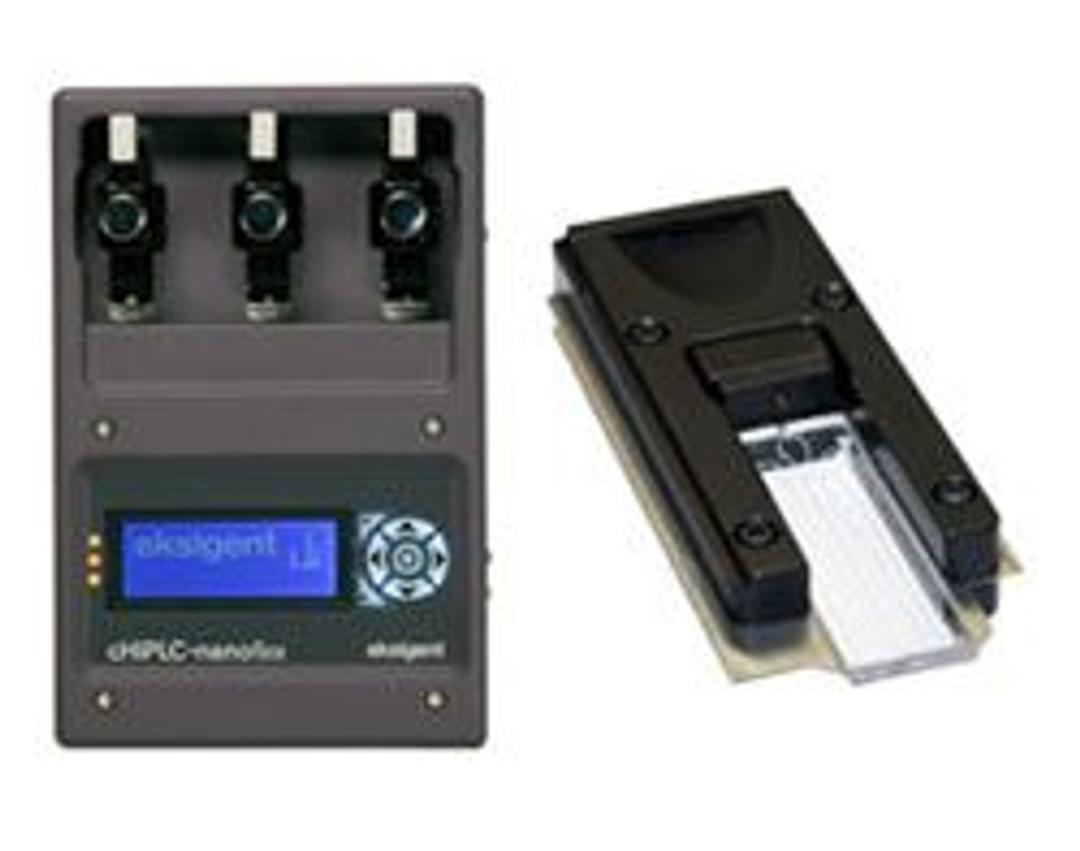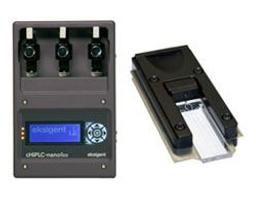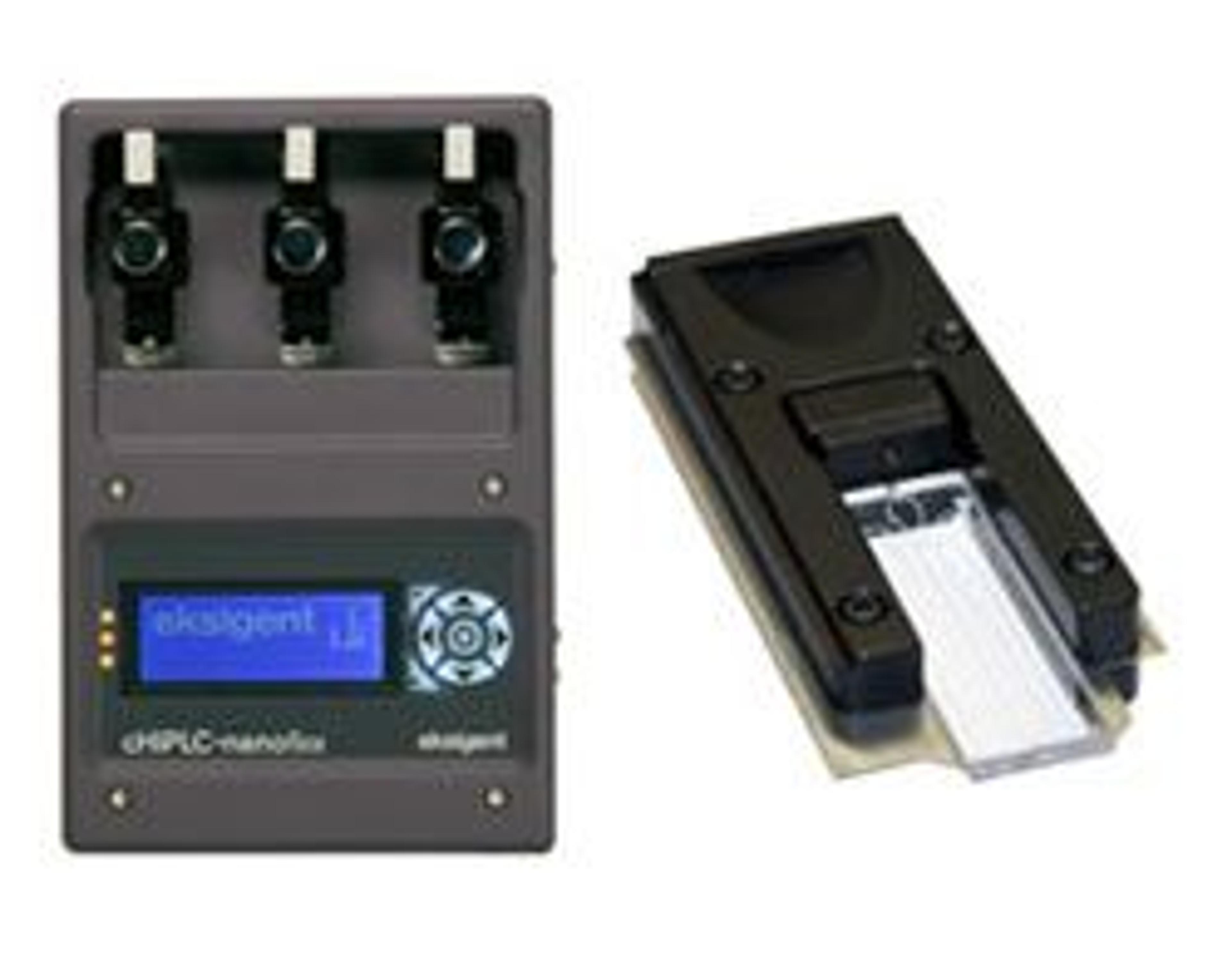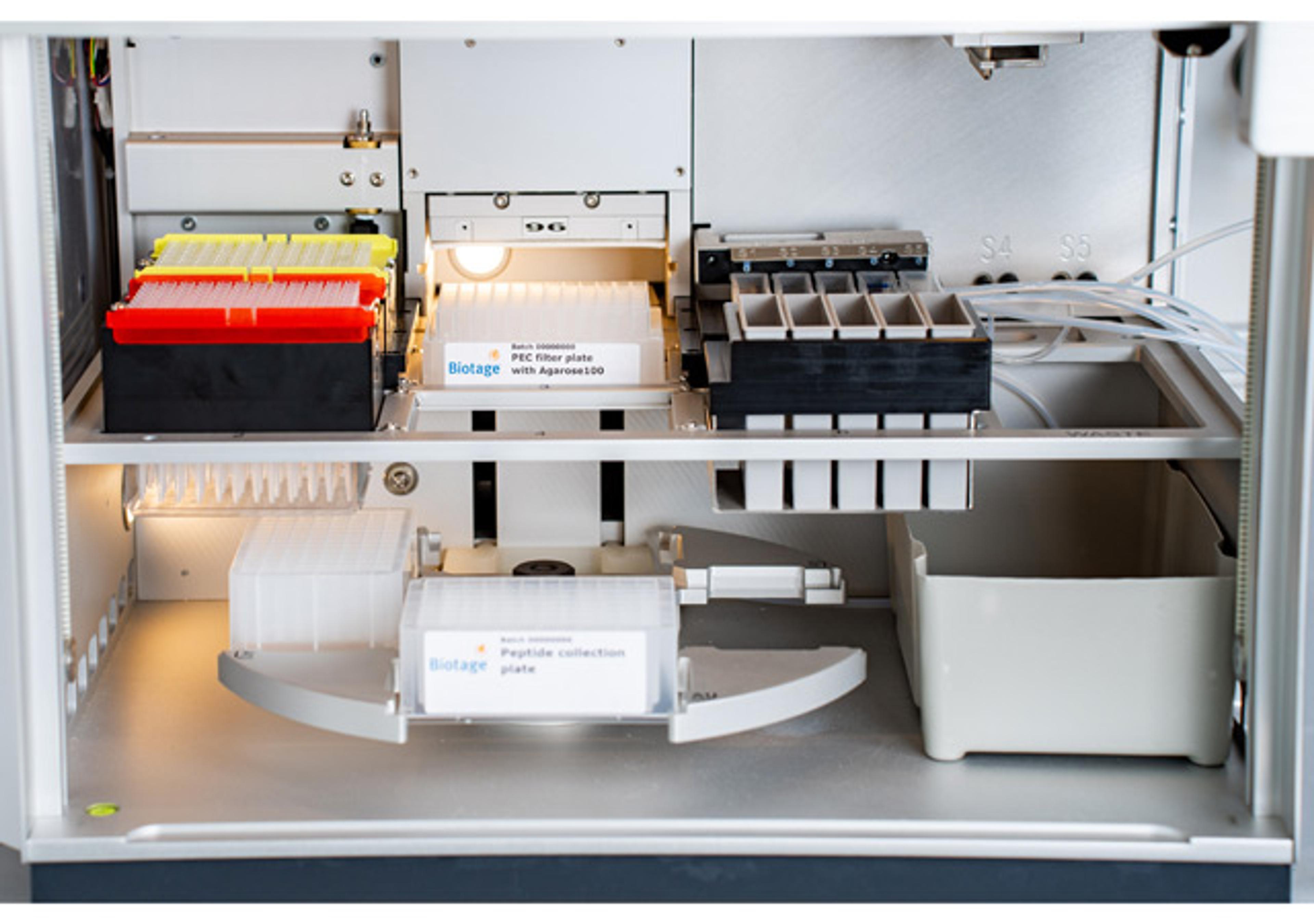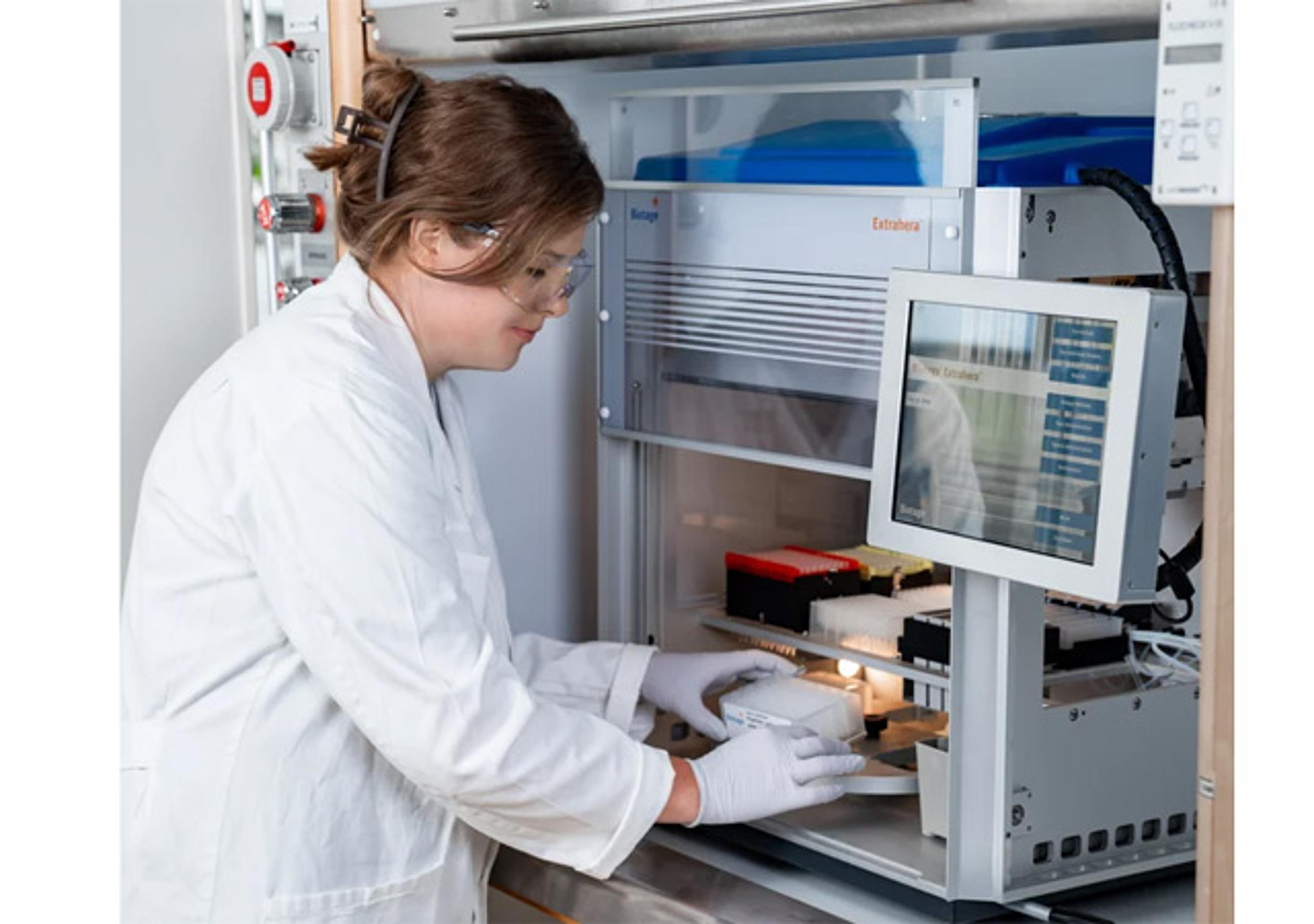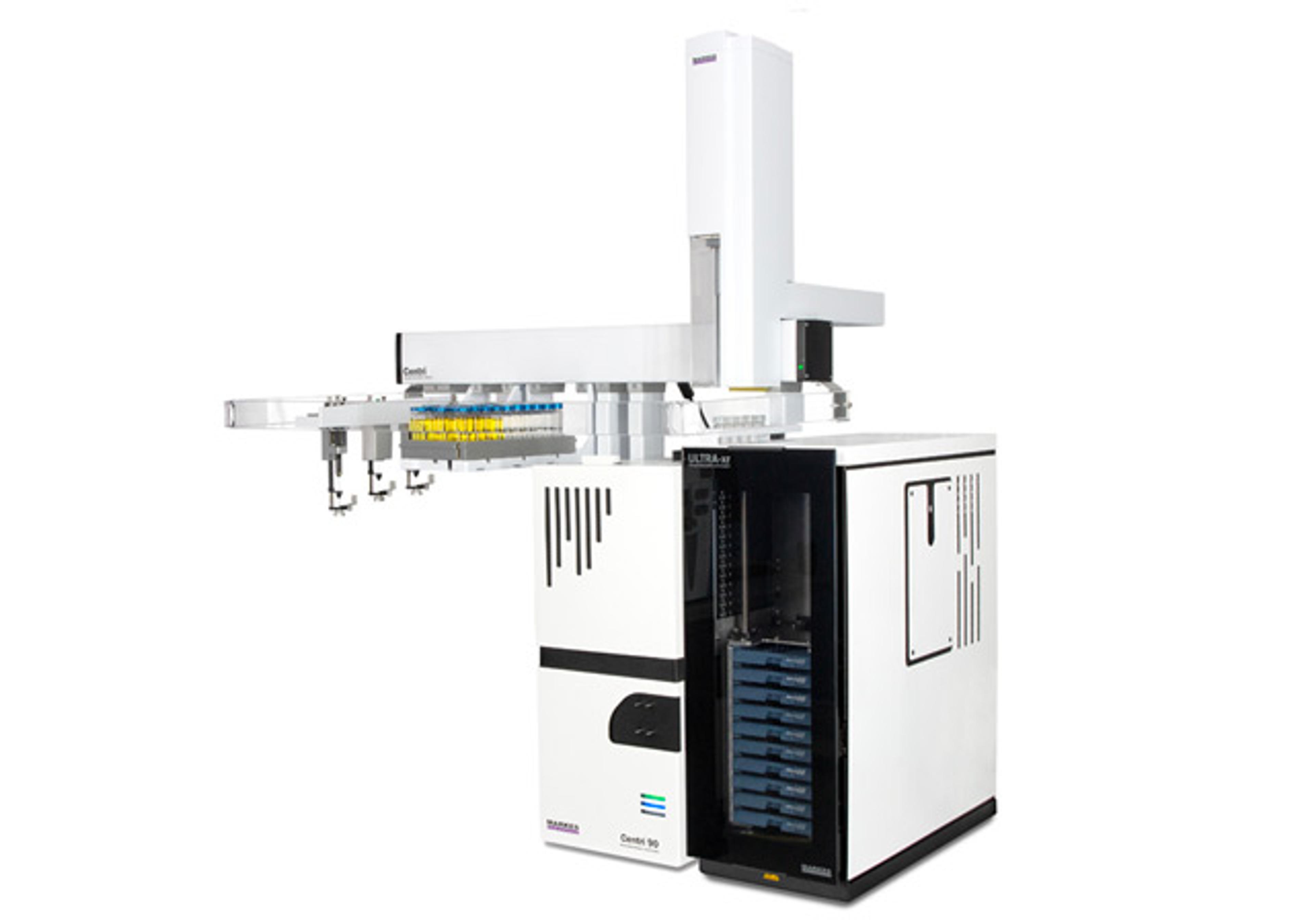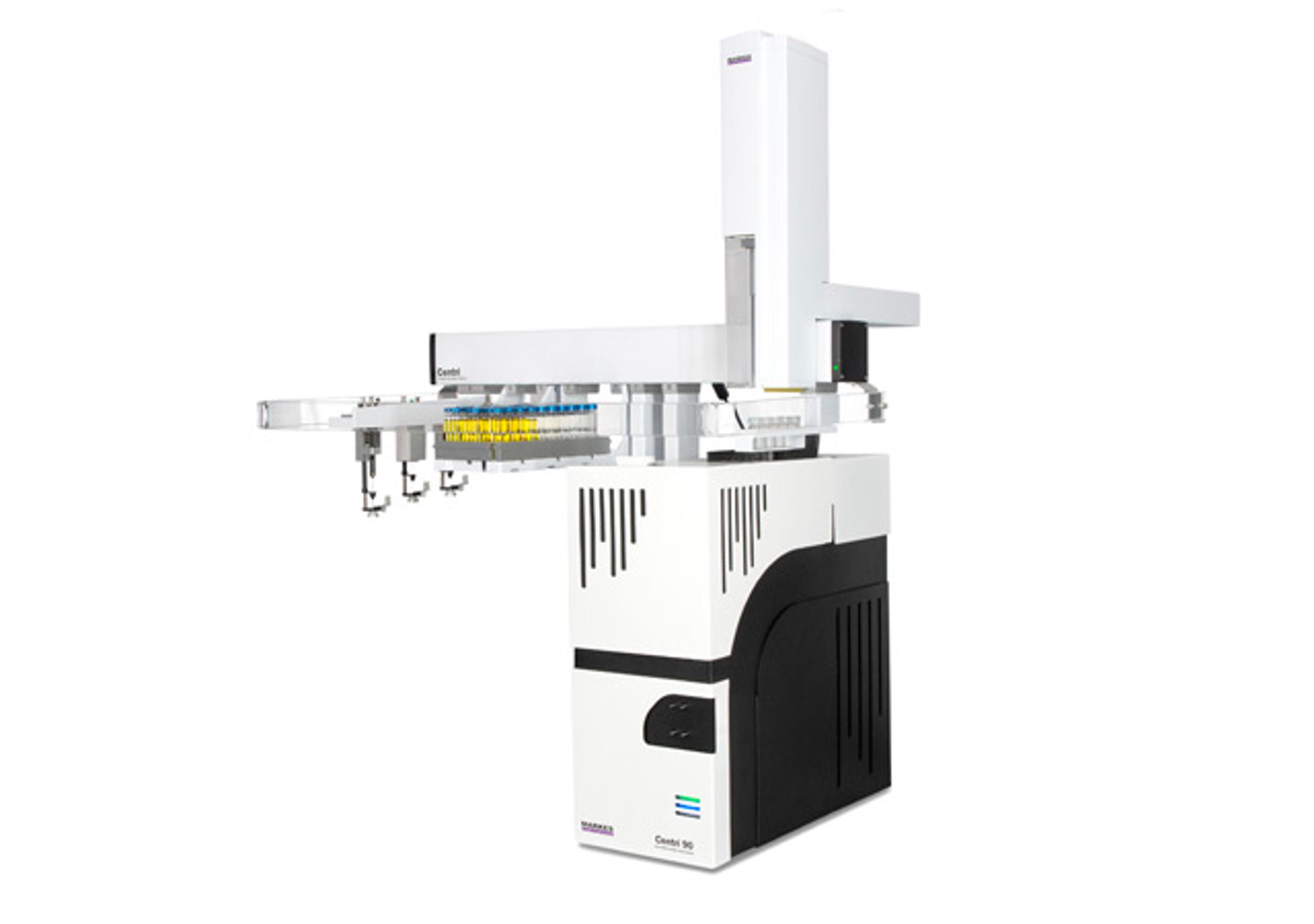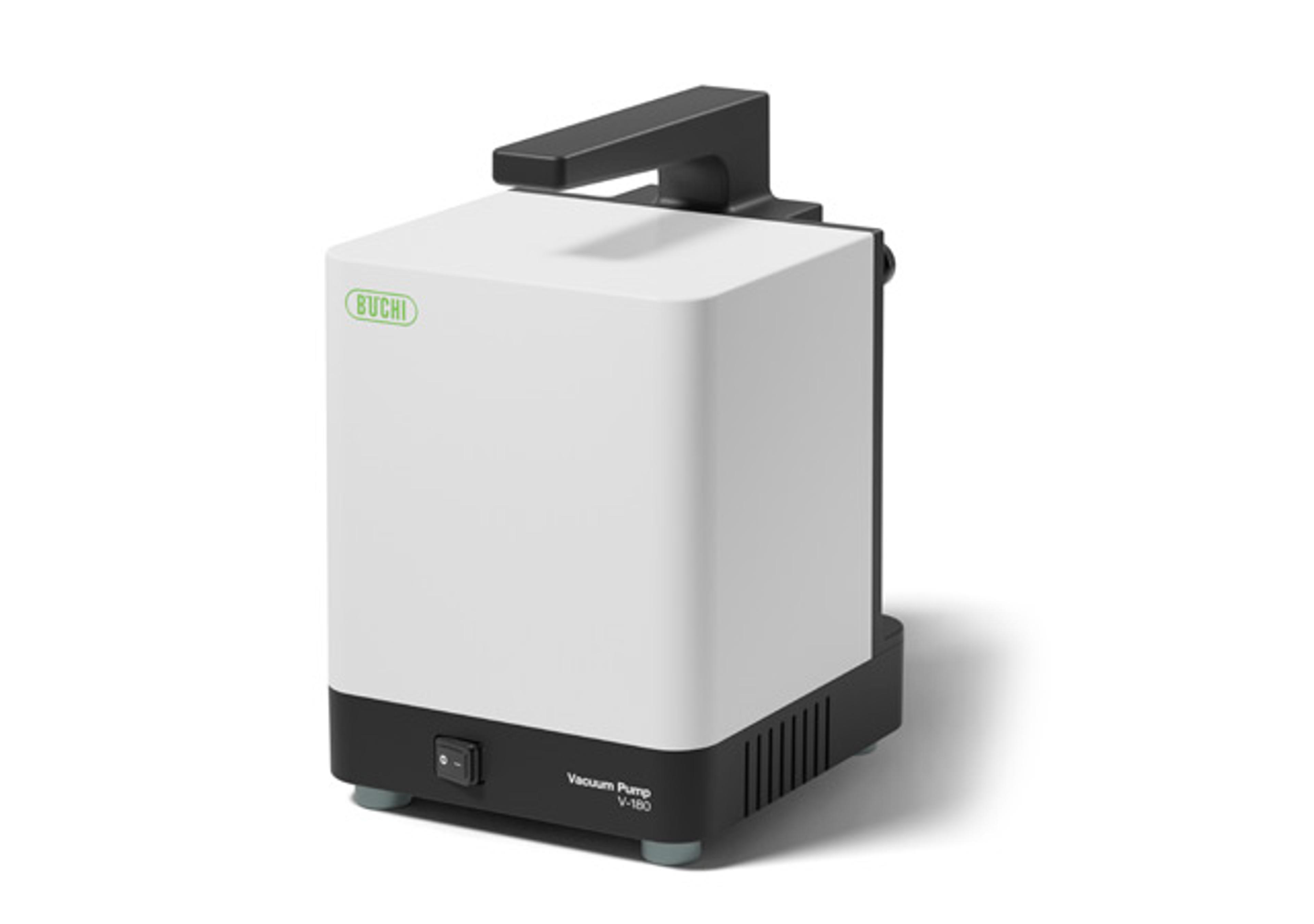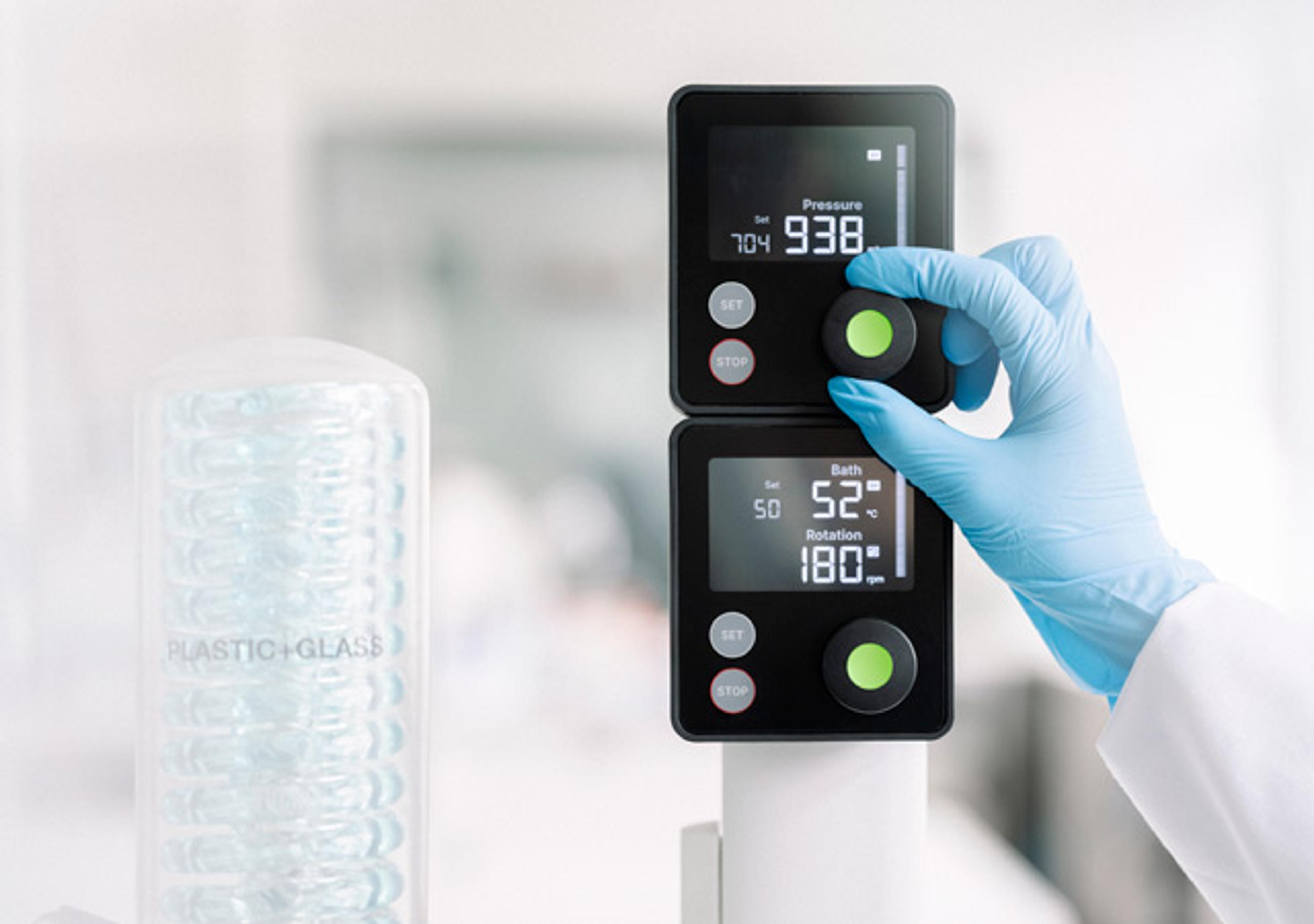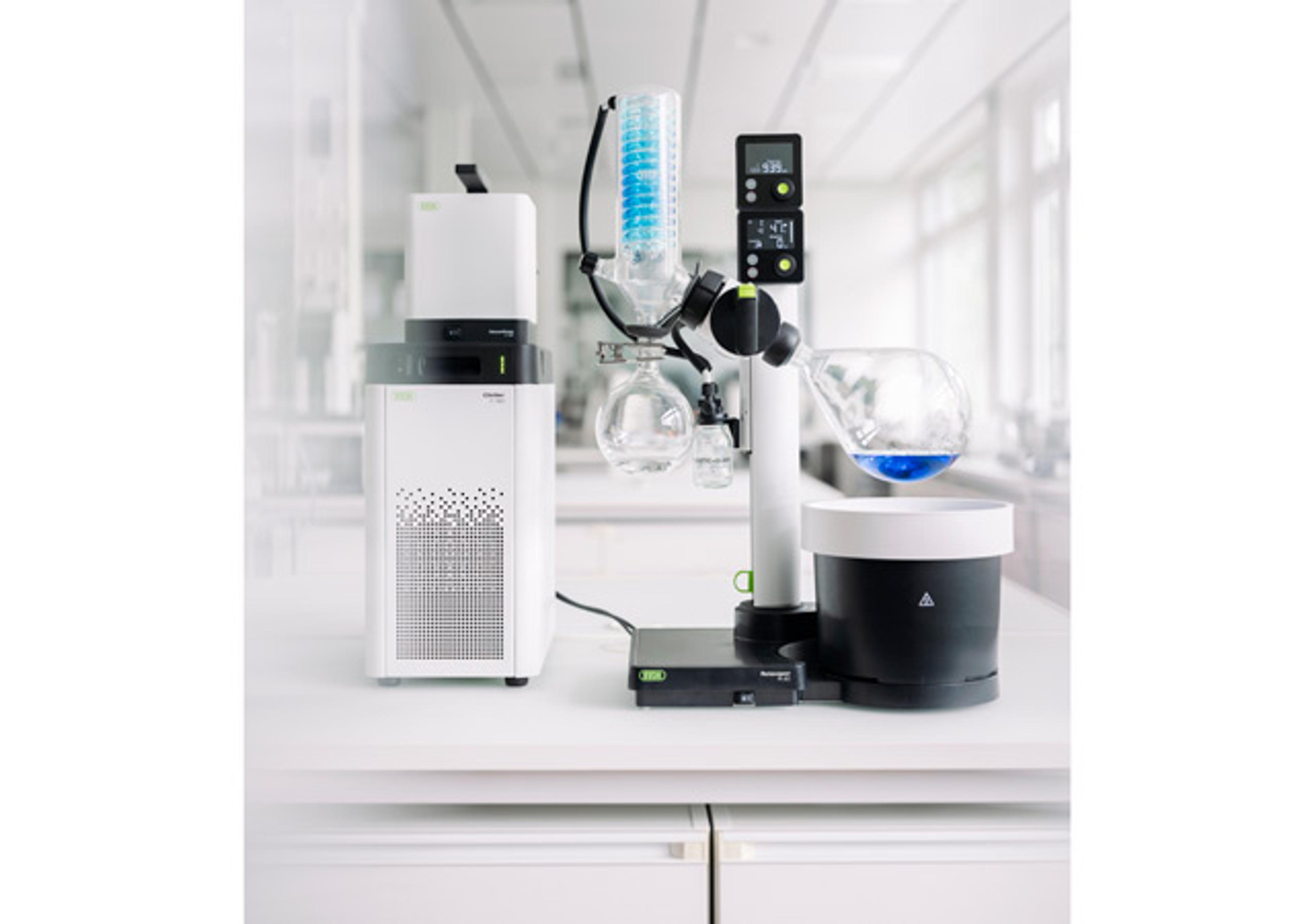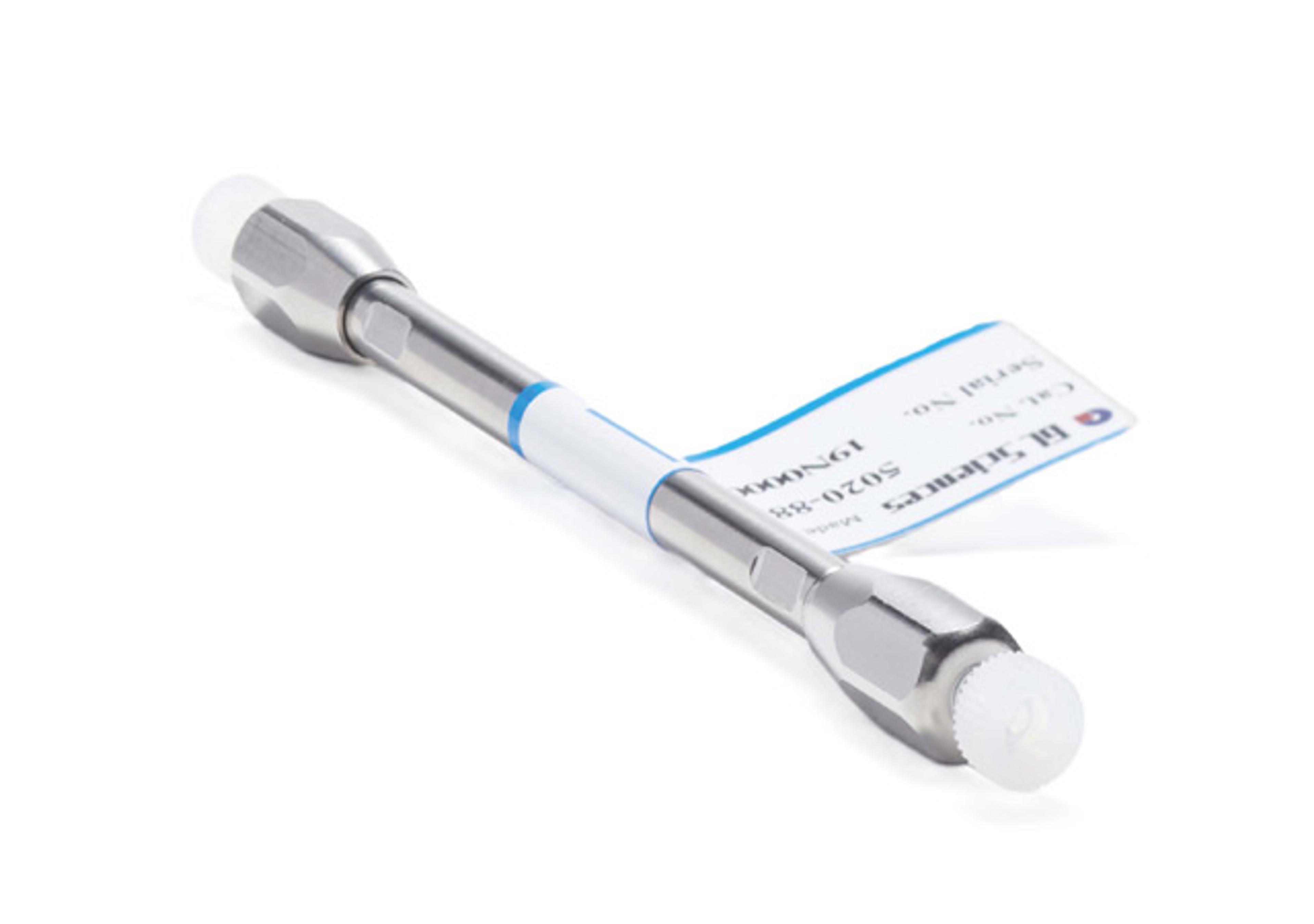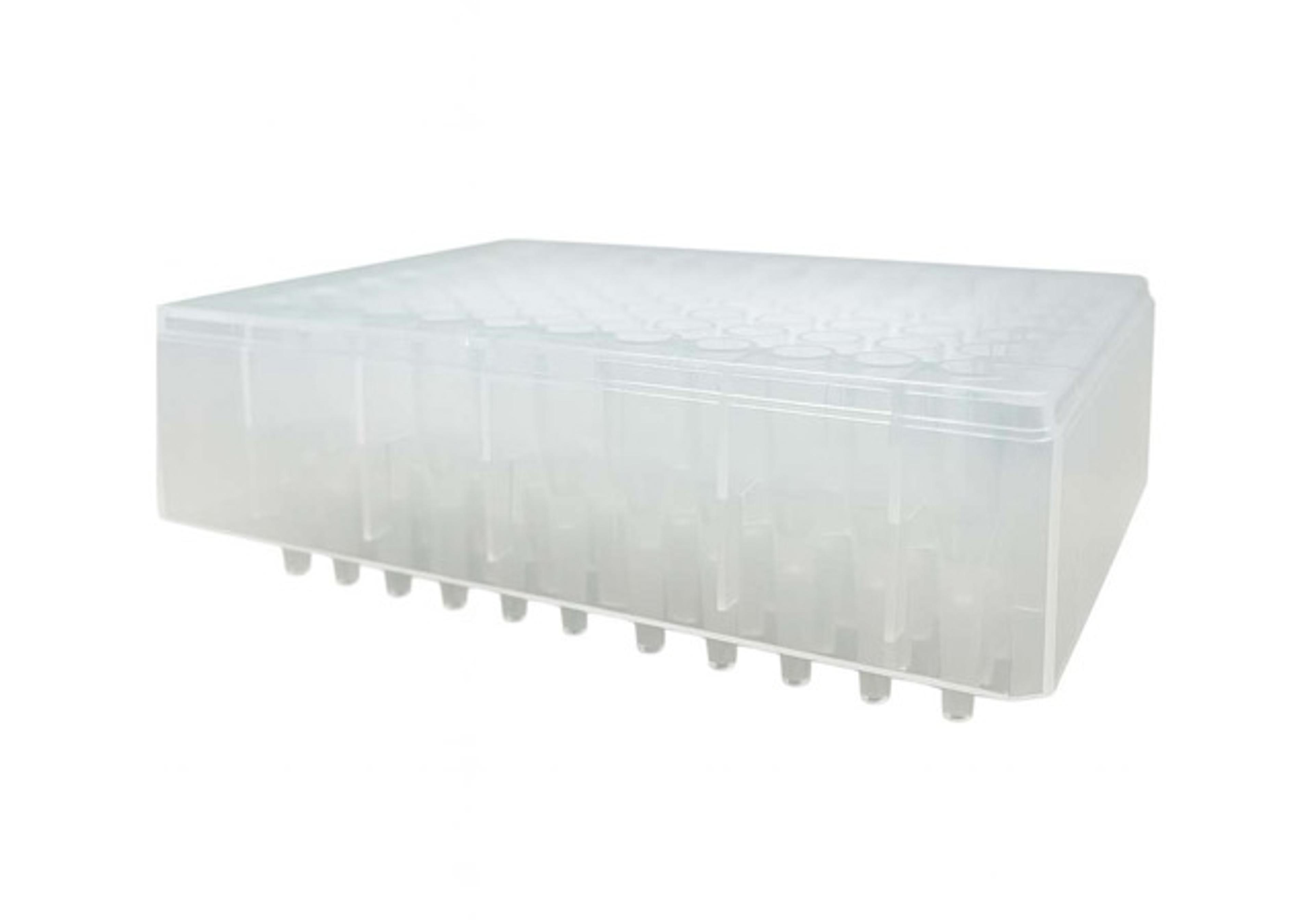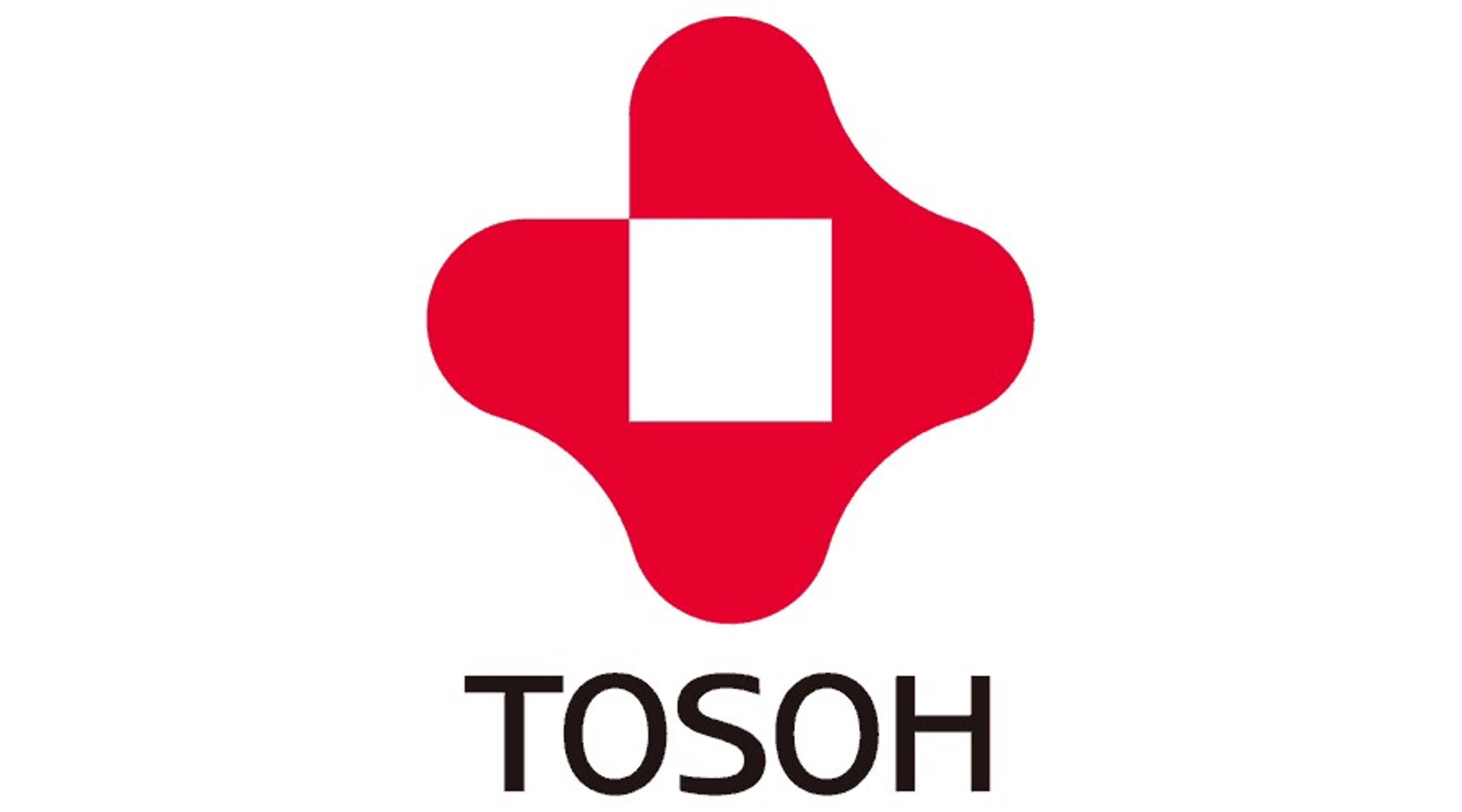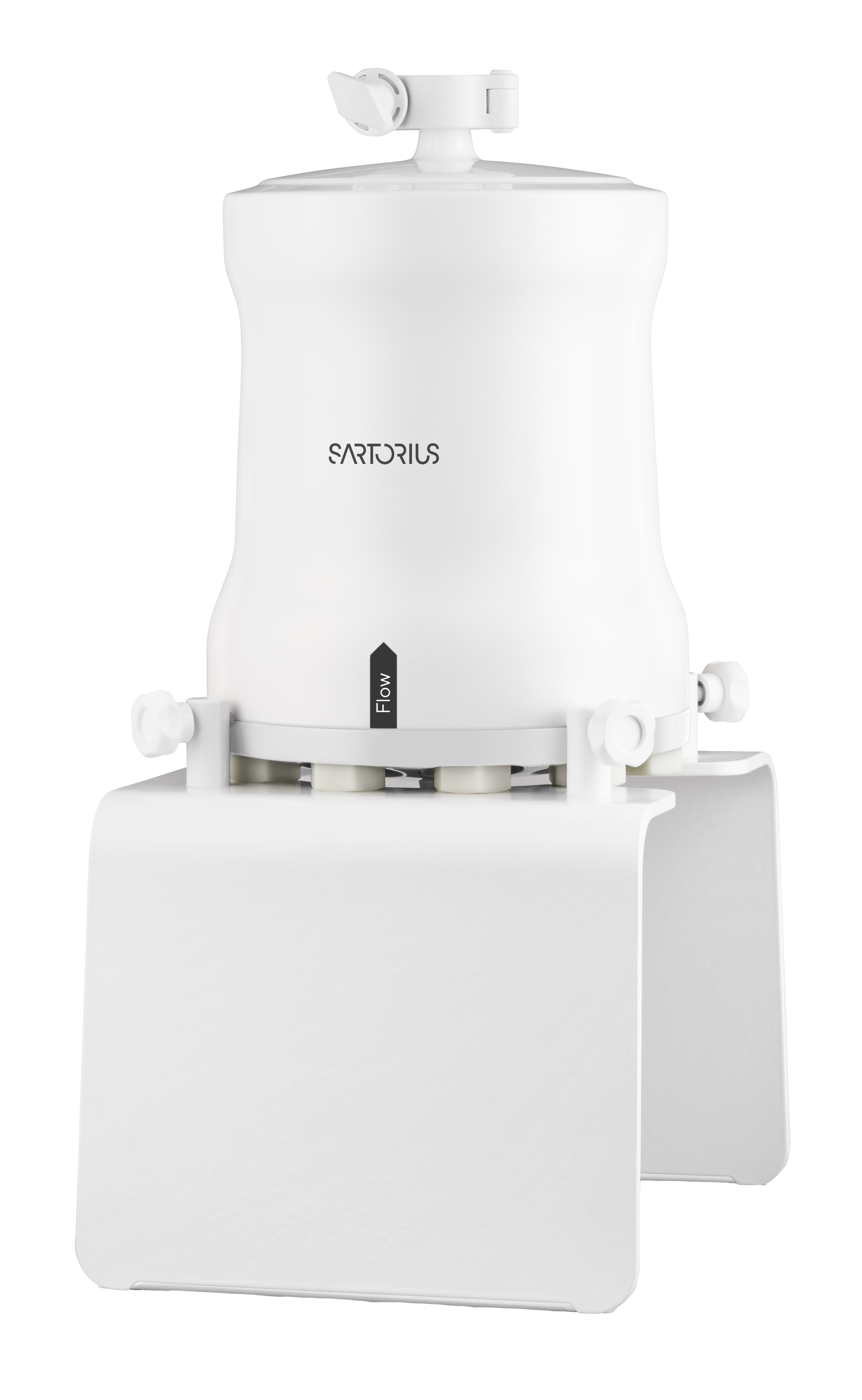cHiPLC™-nanoflex system
Eksigent’s new cHiPLC-nanoflex, in combination with the nanoLC-Ultra system, delivers superior sensitivity, column-to-column reproducibility, and exceptional ease of operation.The cHiPLC-nanoflex system is a “docking station” for up to three microfluidic chips. The system’s flexible design and built-in 10-port nano valve allow for easy switching between different types of experiments such as direct injection and trap-loading.…
The supplier does not provide quotations for this product through SelectScience. You can search for similar products in our Product Directory.
Eksigent’s new cHiPLC-nanoflex, in combination with the nanoLC-Ultra system, delivers superior sensitivity, column-to-column reproducibility, and exceptional ease of operation.
The cHiPLC-nanoflex system is a “docking station” for up to three microfluidic chips. The system’s flexible design and built-in 10-port nano valve allow for easy switching between different types of experiments such as direct injection and trap-loading.
Chips containing a nanoLC column or trap column can be exchanged in seconds. A perfect dead volume free connection is made every time as the cHiPLC column or trap column is automatically aligned with a special connector chip.
All alignment is achieved through the use of highly reproducible microfabrication techniques similar to those used in the microelectronics industry. Additionally, these techniques are used to define fluidic paths and to create a microfabricated weir structure for stationary phase particle retention. Chips are temperature controlled to guarantee reproducible retention times and improved separations.
Compared with nanoLC columns constructed from fused silica tubing with end-frits made by sintering stationary phase particles, the cHiPLC columns are much more robust and far easier to handle and connect without introducing dead volumes.
Eksigent has worked on microfluidics since its start in 2000, and has incorporated chip-based products such as UV flow cells and filters in its micro-LC products. The cHiPLC-nanoflex now applies this technology to making nanoLC more reproducible and easier.

